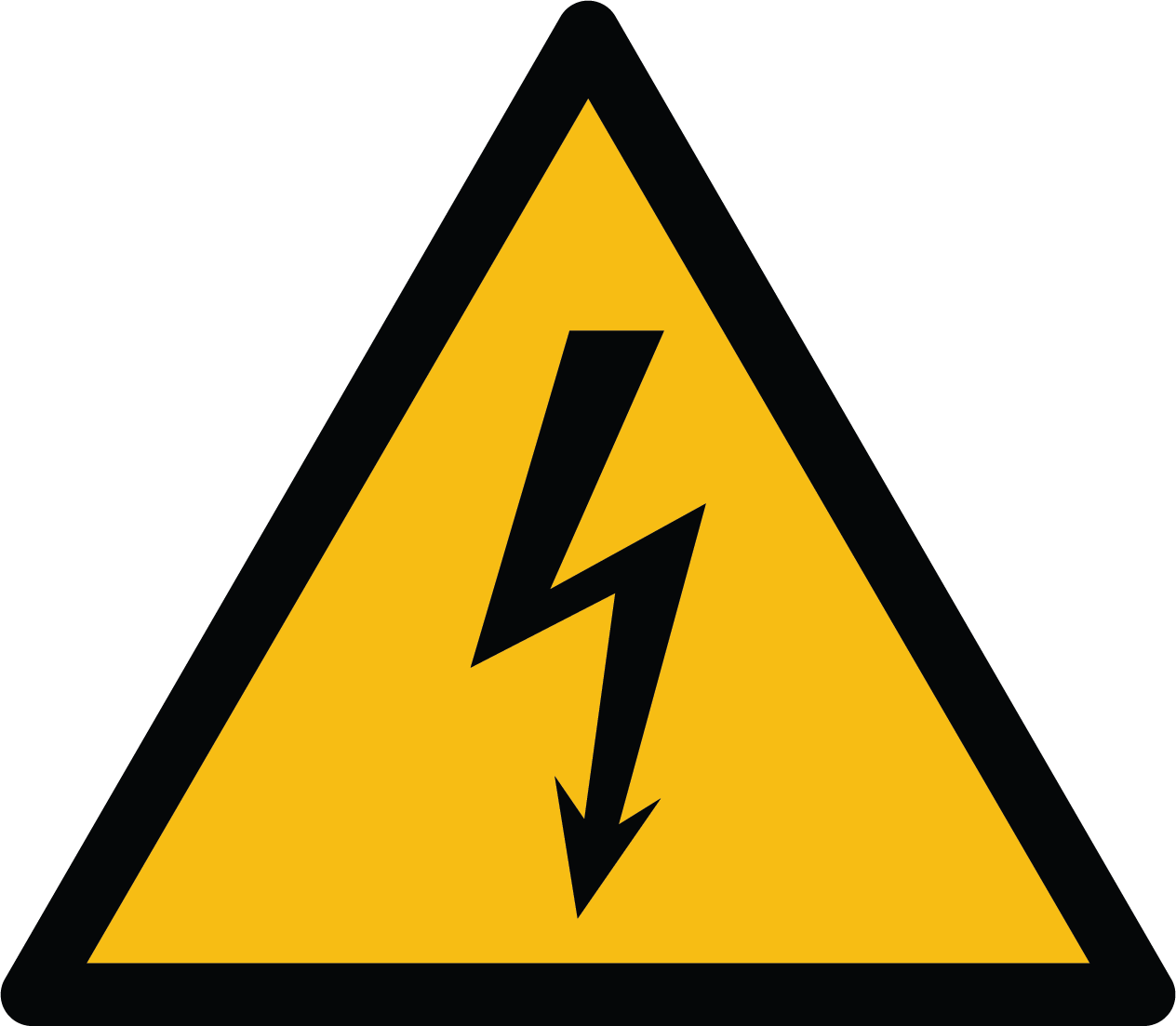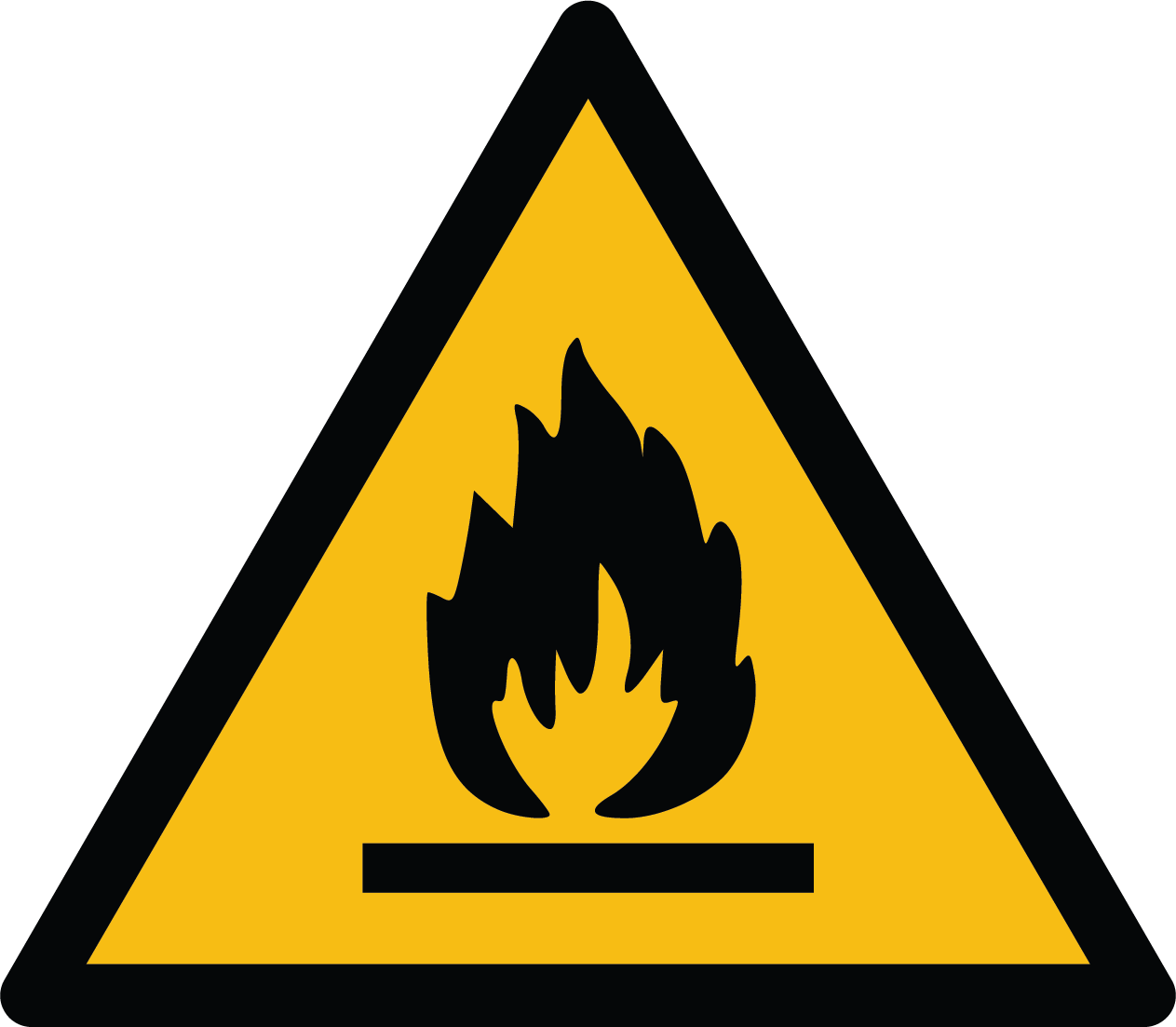THIS PROCEDURE MUST BE PERFORMED BY A QUALIFIED TECHNICIAN.
WARNING

Risk of electric shock. Can cause injury or death. This heater may be connected to more than one branch circuit. Disconnect power to all circuits before installing or servicing. DO NOT remove the painted front panel while energized. Equipment must be serviced by a qualified technician.

Risk of fire. Can cause injury or death. ETS devices run for long periods of time at high electrical loads. Poor or marginal connections will cause the connections to overheat and fail.
Hinge the Right Side Panel
If not already open, with the heater de-energized, remove the front panel and hinge the right side panel open. Complete the system check-out below:
Inspect Connections
Inspect all field connections to ensure they are tight and that all wires are routed correctly.
NOTE: Class II (low voltage) wiring or any wiring not rated for line voltage should never be installed in a line voltage area.
Check Damper
Check the damper system to ensure the damper operates freely and that there is no debris in this area, which could inhibit its operation. To do so, slowly press the damper lever extending from the damper downward. Be careful not to bend the damper actuator. If the damper is not free, remove the blower and clean any debris from the damper.
Energize Heater
Turn on all circuits that power the heater.
NOTE: On start-up, odors and/or small volumes of smoke relating to first time operation of the heating components may occur.
Check Configuration
Verify that configuration settings are correct for the application. Refer to the Configuration Menu.
Check Blower
Make sure the blower operates by adjusting room temperature set point above the actual room temperature. It may only run in low speed until the brick core heats up.
Initiate Charge Control Override
With the system in an off-peak (charge) mode, initiate the charge control override.
Check Amperage
Check for proper amperage draw on the charging circuit(s). Use the Charge Circuit Amperage Draw Chart for reference to the correct amperage of the specific heater being installed.
Check Peak Control
Verify that the heater receives and responds to the utility peak control device and that all other system controls are operating properly.
Replace Grill
Place grill slats in position, if removed. Grill slats should bow up to direct airflow up, away from the floor.
Close Right Side
Place the right side panel into position and secure.
Close Heater
Return the processor control board to its original position and install the painted front panel.
Label Circuits
Make certain all fuses and/or circuit breakers are labeled in the distribution service panel as 240V systems may be connected to more than one branch circuit.
Owner's Manual and Registration
Present owner with the User's Guide and warranty registration card. The owner's registration card must be completed and returned to Steffes Corporation or submitted online to ensure warranty coverage. If mailing in the card, the owner should retain the top portion of the card for their records.